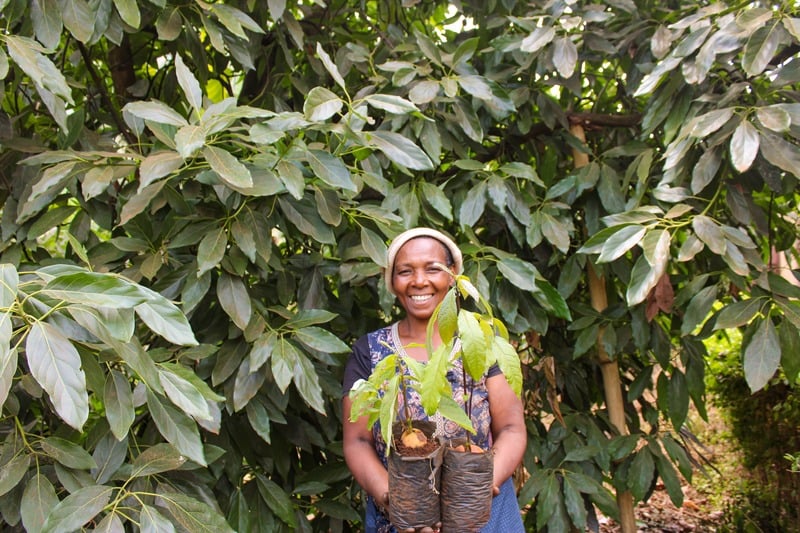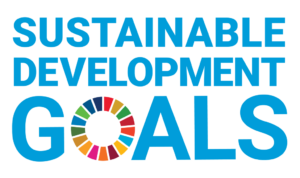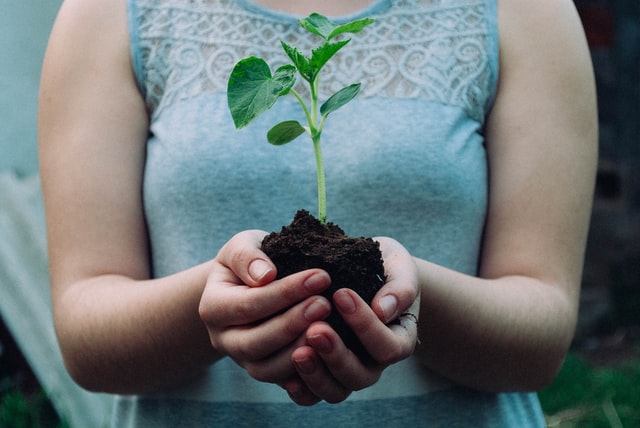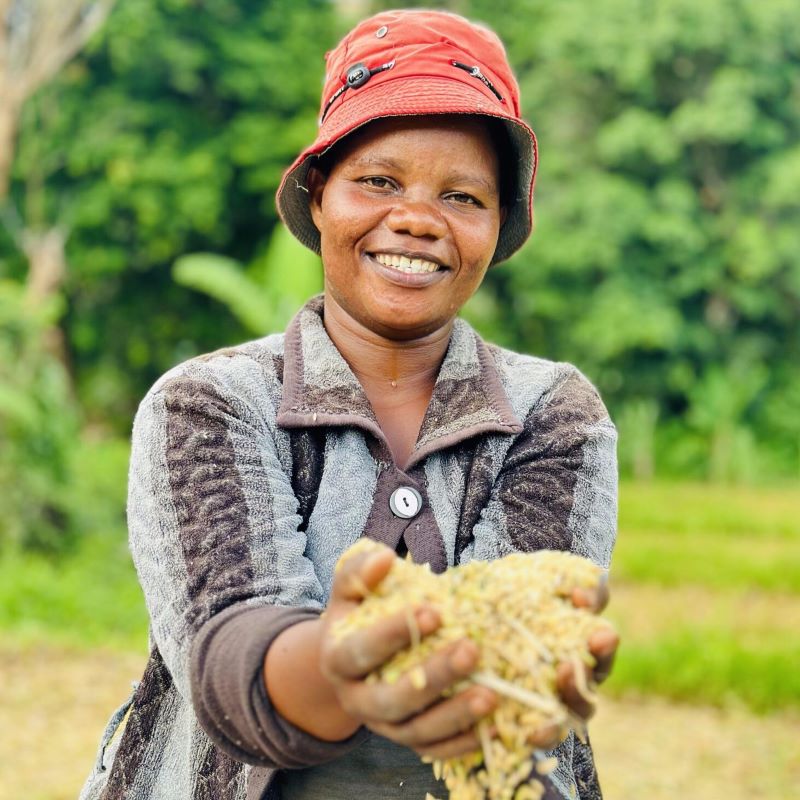Farmers who partner with Plant With Purpose have planted 76.6 million trees to date, and are projected to plant another 11 million in fiscal year 2026! But tree planting hasn’t always been our goal. When our CEO Scott Sabin first joined Plant With Purpose as an intern in 1993, he wasn’t particularly interested in planting trees. In fact, tree planting seemed like a distraction from the “real” mission of reducing rural poverty. Today, people new to Plant With Purpose may also wonder: what is the connection between helping people thrive and planting trees? The answer lies in the unique geographies of the watersheds we work in, where trees and livelihoods are inextricably intertwined.
Trees Stabilize Soil and Protect Water
Plant With Purpose intentionally works in remote watersheds where rural poverty, deforestation, and steep topography overlap. On hillside farms with few trees, soil erosion is one of the main obstacles to achieving a plentiful harvest. Soil and essential nutrients get washed away every time it rains. Dangerous landslides are common, as is the sedimentation of waterways that communities rely on for clean water, irrigation, and other basic needs.
By planting trees by steep farmland, riverbanks, and water sources, farmers are strategically anchoring the soil and improving the filtration of water into the soil. They are also reversing historical patterns of deforestation. Based on our 2024 Impact Evaluation, partnering farmers are protecting 64%* more of their land by planting trees or using other soil conservation techniques than nonparticipants.
Trees Improve Crop Diversity and Native Biodiversity
Partner farmers are 39% more likely* to grow trees alongside their crops, often in complex agroforestry systems. Before joining our program, many smallholder farmers focus on just one or two crops in monocrop plantations, leaving themselves vulnerable to environmental shocks—like pests, droughts, and disease—that can wipe out their entire harvest. With support from our local agronomists, farmers choose species that will help diversify their crop yields (by 31% on average*), providing them with multiple crops they can eat or sell. Cacao, citrus, coffee, coconut, avocado, mango, soursop, olive, guava, and jackfruit are popular agroforestry fruit trees across our global program.
Our local staff encourages the planting of native species whenever possible, and partnering farmers are 216% more likely* to plant native trees than nonparticipants. Many farmers report that native wildlife and insects are returning to their farms and surrounding degraded areas, helping with pollination and the health of the wider ecosystem.
Trees Improve Soil Health
Trees provide an organic alternative to chemical pesticides and fertilizers, which are costly and can harm the health of smallholder farmers. Our Seeds of Change agroecology curriculum teaches farmers how to make pesticides from trees like neem and soursop. Meanwhile fallen leaves, branches, and fruit can either be added to compost and mulch or left on the ground to decompose and return their nutrients to the soil. Many tree species go a step further, increasing soil fertility by “fixing” nitrogen from the air and storing it in the soil to the benefit of surrounding crops.
Trees Stabilize the Microclimate and Redistribute Groundwater
Over the last several years, the farmers in our program have reported increasingly erratic weather patterns that delay their usual planting timelines and damage crops. When planted in agroforestry systems, trees can lower the temperature of a farmers’ plot and increase the humidity by providing shade and by transferring moisture from vegetation back to the atmosphere. Tree species with deep root systems even help farmers build drought resilience by moving groundwater from deep underground to dry areas nearer to the surface. In times of drought, trees can be the difference between plentiful yields and crops that don’t survive the season.
Trees Sequester Carbon, a New “Crop”
We are nearly three years into piloting a new carbon project in the Dominican Republic. We estimate that each farming household in our program is removing carbon dioxide from the atmosphere at a rate of 6.2 tons/year* by planting trees. Not only does storing carbon improve soil and contribute to a healthier planet, but in our carbon project farmers will be able to receive payments for the carbon their trees remove from the atmosphere. In this way, carbon becomes another “crop” that smallholder farmers can sell, helping them continue to grow out of poverty.
We estimate that farmers in our program are 10 times as likely* to plant trees than nearby nonparticipants. What makes Plant With Purpose unique from other “reforestation organizations” is that we don’t pay farmers to plant trees—rather, farmers choose to plant trees because they know the right tree in the right place has the power to improve their quality of life and because they grow in their self-identity as stewards of creation. One Purpose Group in the Democratic Republic of the Congo puts it best: “The environment is life. We take care of it, and it will take care of us.”
*Statistics come from our 2024 Impact Evaluation. Check out the 2024 Triennial Impact Report here.


















